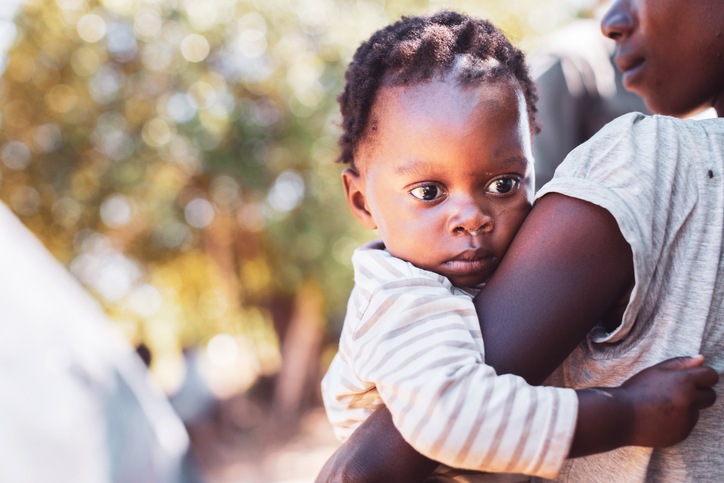
A country’s income level may influence outcomes for retinoblastoma patients, according to a new report.
While Retinoblastoma is the most common eye cancer among children, it can be deadly without treatment. Significant improvements in disease outcomes have been observed in high-income countries (HICs) over the last half a century due to several factors cited by the researchers:
- creation of specialized referral centers
- decoding of the genetic basis of the disease
- formation of screening programs
- the introduction of chemotherapy
Despite an almost 100% disease-free survival rate in HICs, patients in low- and middle-income countries (LMICs) still have a poor prognosis—despite the fact that about 80% of retinoblastoma cases worldwide are in LMICs.
“The stage of retinoblastoma at the time of diagnosis in low-income, middle-income, and high-income countries has not been surveyed globally. This information is important for policy and health care planning at national and international levels,” the study authors noted reporting in JAMA Oncology.
The study included 278 retinoblastoma treatment centers. Data were assessed on treatment-naïve patients who received their diagnosis in 2017. The main outcome measures were age at presentation, proportion of familial history of retinoblastoma, and tumor stage and metastasis.
National Income Level Influences Retinoblastoma Disease Prognosis
The cross-sectional analysis included 4,351 newly diagnosed patients (mean age at diagnosis, 30.5 months, 45.4% were female) living in 153 countries. The majority of patients (n=3,685; 84.7%) resided in LMICs. Overall, the top three referral indications were leukocoria (n=2,638; 62.8%), strabismus (n=429; 10.2%), and proptosis (n=309; 7.4%). In HICs, median patient age at diagnosis was 14.1 months; nearly all patients (n=656/666; 98.5%) had intraocular retinoblastoma, and two patients had metastasis. The mean diagnosis age in low-income countries (LICs) was 30.5 months; about half of patients (n=256/521, 49.1%) had extraocular retinoblastoma and 94 (18.9$) had metastasis. The following factors were correlated with LICs: older presentation age, higher proportion of locally advanced disease and distant metastasis, and smaller proportion of familial history of retinoblastoma. When adjusting for age, patients in LMICs were still more likely to present with advanced disease at diagnosis.
“The findings of this cross-sectional global analysis of retinoblastoma at the time of diagnosis revealed important differences in presentation among patients from different countries, depending on their national income level,” the authors stated in their conclusion, adding, “A surprise finding of this study is that more advanced disease at presentation in lower-income countries is not entirely explained by older age. Further research is warranted to investigate what factors other than age play a role in disease progression in low-income settings. Prompt action at national and international levels is warranted to improve health education about retinoblastoma, as well as access to early diagnosis and treatment in retinoblastoma treatment centers in LMICs.”







 © 2025 Mashup Media, LLC, a Formedics Property. All Rights Reserved.
© 2025 Mashup Media, LLC, a Formedics Property. All Rights Reserved.